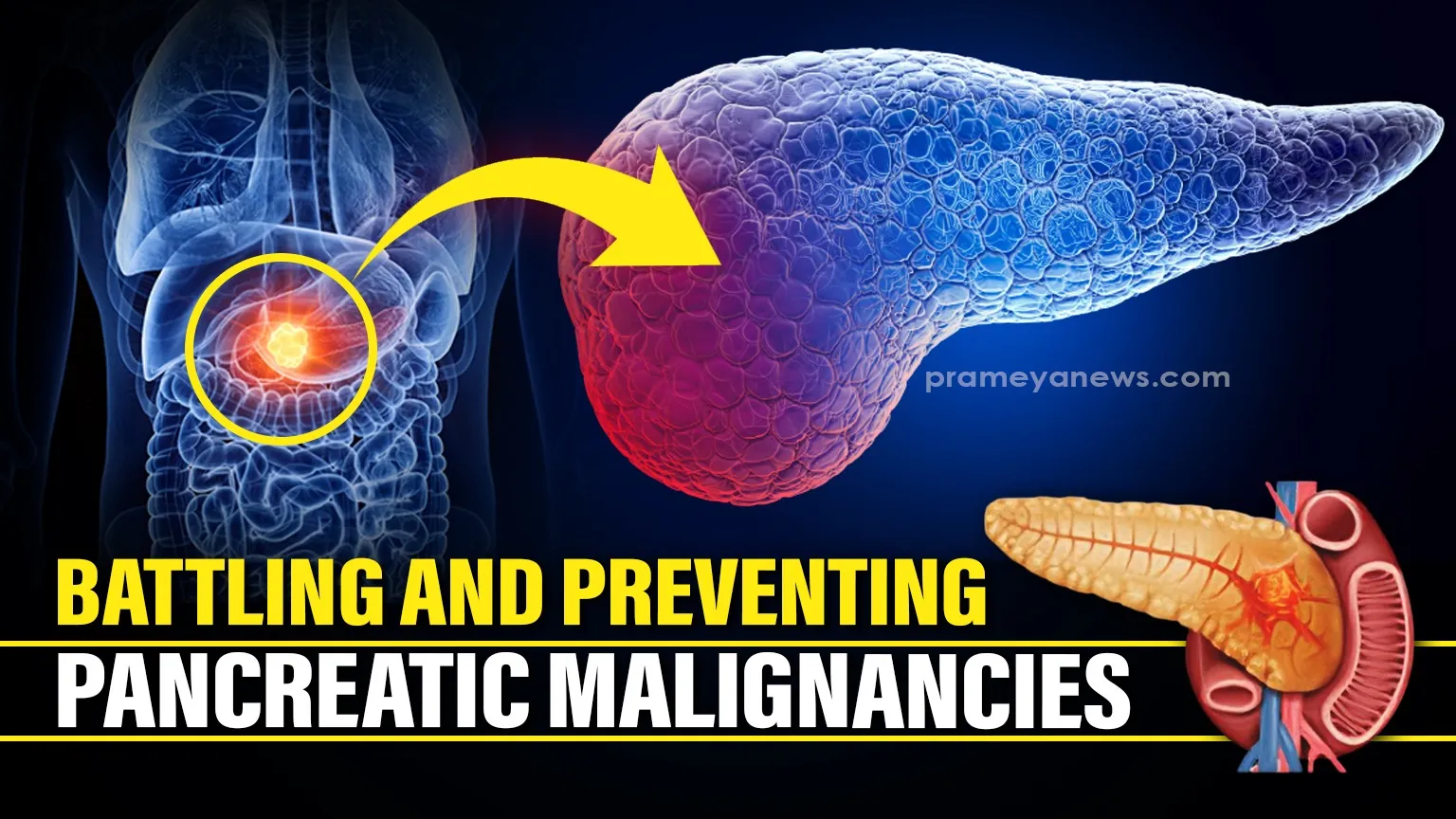

Bhubaneswar: Odisha is witnessing a rise in gallstone disease, and gall bladder cancer over the years. The big reality is gall bladder cancer is triggered by lifestyle and exposure to heavy metal pollutants.
The denizens of Odisha Capital Bhubaneswar, silver city Cuttack, steel city Rourkela and silk city Bramhapur have been acutely exposed to heavy metal pollutants courtesy the discharge of sewage and industrial effluents to the city river life lines like Mahanadi, Kathajodi, Kuakhai, Daya, Bramhani and Rushikuliya.
BIG REVELATION
The MoS in the Ministry of Health and Family Welfare Prataprao Jhadhav, in a written reply to a query by nominated Rajya Sabha member Satnam Singh Sandhu revealed that people residing/dependent on river drains are highly prone to cancer disease.
As per the statement:
“Indian Council of medical Research (ICMR) has informed that a study conducted in 2024 revealed that people dwelling near river drains are highly prone to cancer disease and hazard quotients were observed above the threshold limit that poses high non-carcinogenic risks. The results of the study revealed that lead, iron, and aluminium exceeded the permissible limit of the Central Pollution ControlBoard.”
The above conclusions were drawn by an ICMR study titled Risk assessment of metal contamination in wastewater drains in River Ghaggar in Punjab (India).
It has found following heavy metals:
ICMR REPORT BIG CONCLUSION
The ICMR study on heavy metal pollutants in river Ghaggar published in journal of Indian Academy of Sciences has the following BIG conclusion.
The same ICMR study has quoted another study that had stated presence of heavy metals in Subarnarekha river.

HOW ODISHA DENIZENS IMPACTED?
The ICMR study has clearly concluded that “people dwelling in the vicinity of river drains are at high risk of prevalence of cancer,” the citizens residing in the State Capital Bhubaneswar, Cuttack, Rourkela and Bramhapur are prone to high heavy metal cancer risk.
The big REASON is all the denizens of the cities are dependent on water of Mahanadi, Kathajodi, Daya, Kuakhai, Brahamani and Rushikuliya.
A study by Synergy Institute of Technology published in Middle-East Journal of Scientific Research documented the following.
CAG RPEORT 2024
The CAG report tabled in State Assembly recently has flagged the high water pollution.
WATER POLLUTION CAUSES CANCER?
According to study published in International Journal of Cancer and Clinical Research, titled “Cancer Patterns in Odisha – An Important Mining State of India” hints big.
The study co-authors include Dr Dipti Rani Samanta and Pinaki Panigrahi from AHRCC, Cuttack and Surendra Nath Senapati of Asian Institute of Public Health.
Study Conclusion:
“Higher concentrations of heavy metals (cadmium, chromium, and lead) have been reported among gall bladder cancer patients in India and this is probably due to the presence of dangerously high concentrations of such metals in drinking water.”
In order to ascertain so in Odisha, The Asian Institute of Public Health (AIPH) has partnered with the Acharya Harihara Regional Cancer Centre (AHRCC) to study link between heavy metal pollutant and cancer rise in Odisha.
CANCER SCENARIO IN ODISHA
As per data available in National Cancer Registry, the total cancer incidence in Odisha is given below.
The above incidence data shows the cancer incidence in the State has increased by a high of 11.5% during the last 5-year period.
AIPH – AHRCC REPORT
The BOTTOMLINE is the AIPH and AHRCC study has said the following.
The above conclusions clearly highlight the need to conduct a study on the pattern of ICMR Ghaggar River in Punjab, right here in Odisha and take remedial action at the earliest.